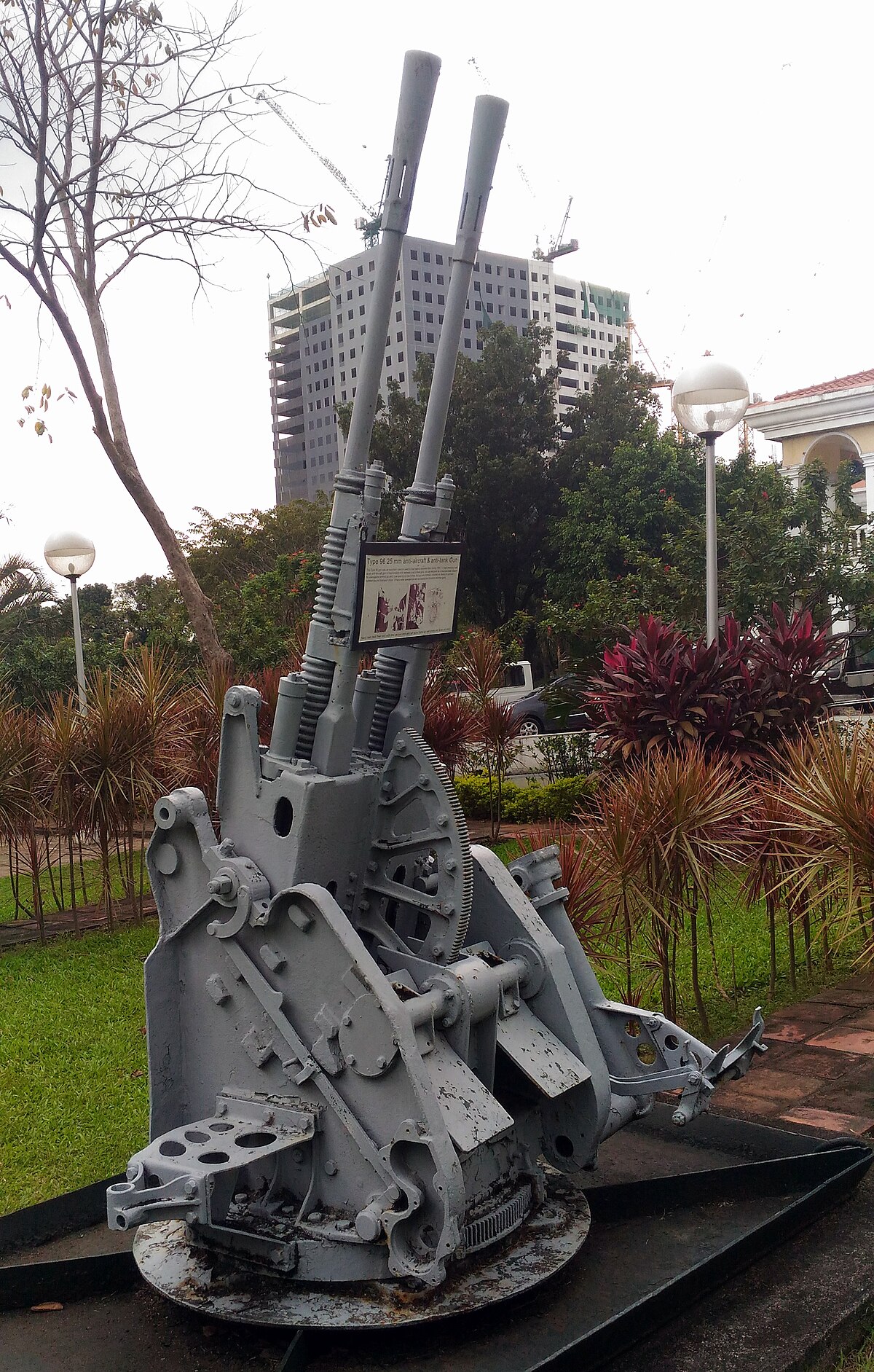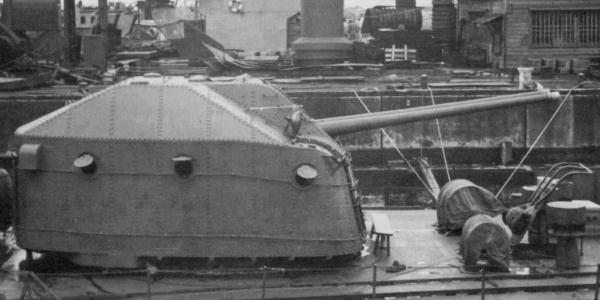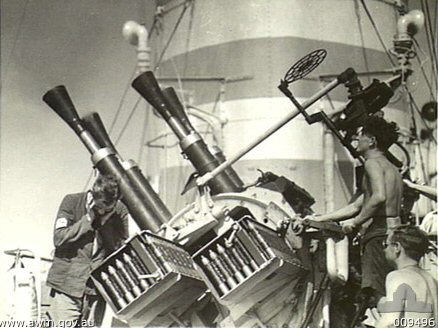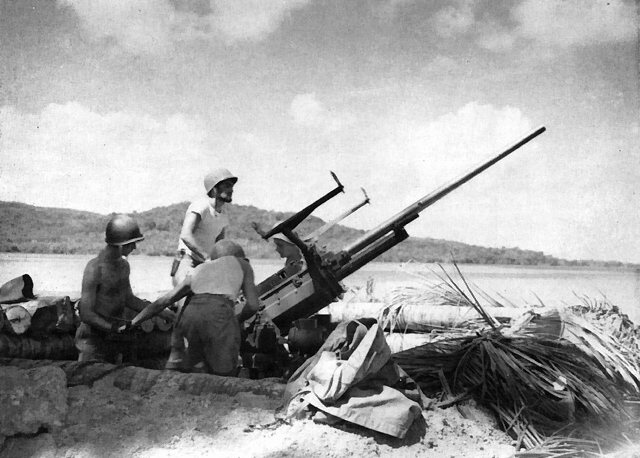buffnut453
Captain

Follow along with the video below to see how to install our site as a web app on your home screen.
Note: This feature may not be available in some browsers.
Ad: This forum contains affiliate links to products on Amazon and eBay. More information in Terms and rules

Not sure if it is so important whether we know how many sorties it took for dive bombers to sink a destroyer or any other type of ship - do we have a corresponding figure for torpedo bombers or any other anti shipping aircraft type?Those are absolute numbers. They give no idea how many attacks were launched against each ship type. So, no way to know what the percentages were
One thing we do know is that there were far, far more destroyers available as targets than capital ships and carriers.
Sort of. There are records for number of torpedoes dropped and claimed hits. One hit does not equal one ship sunk but the records for bombs dropped may be harder to come by.do we have a corresponding figure for torpedo bombers or any other anti shipping aircraft type?
Not sure if it is so important whether we know how many sorties it took for dive bombers to sink a destroyer or any other type of ship - do we have a corresponding figure for torpedo bombers or any other anti shipping aircraft type?
Luftwaffe dive bombers were most likely the most effective anti shipping weapon in the first half of WW2 - they were the single most effective method for sinking RN destroyers throughout the war.
The Beaufort was sent to North Africa to be the principal land based torpedo bomber and did sterling service but at an horrific loss rate. The change to Wellingtons was, in part, prompted by this loss rate.That's an interesting assertion, I'm not sure I'd agree with that for a bunch of different reasons. IJN and USN aircraft were certainly competitive, they were much more focused on carriers and troop transports rather than destroyers, cargo ships and other smaller craft, but they certainly sunk quite a few. This would apply to IJN dive bombers and torpedo bombers (including the bigger land-based types), and US dive bombers (basically Dauntless for the first half of the war, Vindicator and Vengeance playing bit parts by comparison).
The Italian torpedo bombers were also fairly deadly I'd say. The venerable Swordfish sure caused some carnage at Taranto, and Wellingtons I think sunk a fair number of ships in the Med. Not sure about the Russians up in the Baltic I've never seen stats on that.
The Stuka was certainly an accurate bomber, but was limited by it's effective range, especially considering it was land based. Especially the earlier B etc. but including the R, didn't have such a great range.
I'd say from the numbers I've seen (including in the early pages of this thread) the most accurate dive bombing units of the first half of the war were actually in the IJN. The hit rate against Dorsetshire and Cornwall was absolutely phenomenal. Stukas were more often up against supply convoys which were arguably rather poorly protected, though they certainly wrought havoc against them.
Not exactly the same thing.Luftwaffe dive bombers were most likely the most effective anti shipping weapon in the first half of WW2 - they were the single most effective method for sinking RN destroyers throughout the war.
The Beaufort was sent to North Africa to be the principal land based torpedo bomber and did sterling service but at an horrific loss rate. The change to Wellingtons was, in part, prompted by this loss rate.
Kind of the point.I'm not sure what the point is of focusing so much on the relatively weak AAA in the early war. This was pretty much a universal problem with most Navy's in the fist two or three years. The Japanese had limited AA in their early war ships, the Italians did, the Germans, and even the US (especially in comparison to later) did. Who had bristling flak ships in 1940? Everyone had at least to some extent underestimated the threat of air attack, everyone added more and better AAA as the war progressed.




As built the Japanese destroyers didn't see a 25mm gun until the Asashio class of 1936-37 (launch dates). There were four classed before them, with two 13mm guns each as built.Type 96 25 mm AT/AA gun - Wikipedia
en.wikipedia.org
First showed up on a ship in June of 1942. And that ship had six 25mm guns10 cm/65 Type 98 naval gun - Wikipedia
en.wikipedia.org
The 2pdr quad didn't show up until the Tribal's. The Majority of the interwar British destroyers had either the pair of .5 in quads or single hand worked 2pdr pom-poms of about WW I vintage. (had the low veleocity ammo). I don't know if any of them had the 2pdrs replaced by .5in quads.QF 2-pounder naval gun - Wikipedia
en.wikipedia.org
I don't think any of the those showed up on Destroyers, unless some enterprising crew swiped one during Torch?37 mm gun M1 - Wikipedia
en.wikipedia.org
The assertion was:Not sure if it is so important whether we know how many sorties it took for dive bombers to sink a destroyer or any other type of ship - do we have a corresponding figure for torpedo bombers or any other anti shipping aircraft type?
Luftwaffe dive bombers were most likely the most effective anti shipping weapon in the first half of WW2 - they were the single most effective method for sinking RN destroyers throughout the war.
So yeah, it's directly relevant.According to this chart, posted in the earlier pages of this thread, Stukas didn't have much trouble hitting destroyers and smaller ships, and 'others' (presumably Ju 88s?) didn't do so badly either.
As built the Japanese destroyers didn't see a 25mm gun until the Asashio class of 1936-37 (launch dates). There were four classed before them, with two 13mm guns each as built.
Many of them got more light AA later, some times a lot more, but in 1939/40???? The Japanese Destroyers that got the 25mm guns as built had a twin mount just forward of the 2nd funnel, one on each side.
First showed up on a ship in June of 1942. And that ship had six 25mm guns
The 2pdr quad didn't show up until the Tribal's. The Majority of the interwar British destroyers had either the pair of .5 in quads or single hand worked 2pdr pom-poms of about WW I vintage. (had the low veleocity ammo). I don't know if any of them had the 2pdrs replaced by .5in quads.
I don't think any of the those showed up on Destroyers, unless some enterprising crew swiped one during Torch?
What do you mean by "in the early war"?The Germans didn't just use Ju 87s either, they sunk a fair number of ships with He 111, Ju 88, and even FW 200s and He 115s using torpedos or bombs in the early war. I think maybe Do 17 as well but I'm not certain...
The Wellington began to be used in the Med as a torpedo bomber due to a lack of available Beauforts for the theatre.The Beaufort was sent to North Africa to be the principal land based torpedo bomber and did sterling service but at an horrific loss rate. The change to Wellingtons was, in part, prompted by this loss rate.
What do you mean by "in the early war"?
Until late 1941 the only Luftwaffe torpedo bomber was the He 115 seaplane which was in limited service (132 built for the Luftwaffe). It spent most of its time minelaying of the east coast of Britain. The Luftwaffe torpedo school was expanded and moved to Grosseto in Italy in Oct 1941. It was Jan 1942 before the He 111 equipped KG 26 began to convert to the torpedo role. It was May 1942 before a reorganised III./KG 26 became the first Gruppe to use the Ju 88 in the torpedo role.
The Fw 200 only used bombs and was only available in very limited numbers (March 1941 there were only 29 available for operations over the Atlantic), although it proved very successful sinking 85 ships between Aug 1940 & Feb 1941. By mid-1941 the CAM ships began to appear and the the first escort carrier Audacity became operational in Sept which began to limit the Condor's activities.
The Regia Aeronautica only formed its first torpedo bomber unit in July 1940 with the SM.79.
The Wellington began to be used in the Med as a torpedo bomber due to a lack of available Beauforts for the theatre.
By late 1941 there were only 4 squadrons of Beauforts in Britain. Plans to form another 2 squadrons in late 1941 had to be shelved due to lack of aircraft despite the delivery of about 400-450 aircraft by that point. Losses at home had been heavy in 1941.
In the Med the Beaufort only began to appear in Aug 1941 when 39 squadron began to replace its Marylands, a process that was not complete until Jan 1942. In Nov 1941 there were only 12 Beauforts in the Middle East. But it was not able to begin TB operations until Jan 1942 as the racks for the torpedo were sent by sea to arrive later than the aircraft. It was 1942 & 1943 that were the big years for Beaufort operations in the Med, especially after mid-1942. That was when the losses really began to rack up.
It was against the background of a virtual absence of torpedo bombers in the Middle East that a decision was taken to convert 38 squadron's Wellingtons to the torpedo bomber role after trials in Dec 1941. It began TB operations in March 1942.
Between June 1940 and the end of 1941 British torpedo dropping in the Med was in the hands of the FAA Swordfish and Albacores.